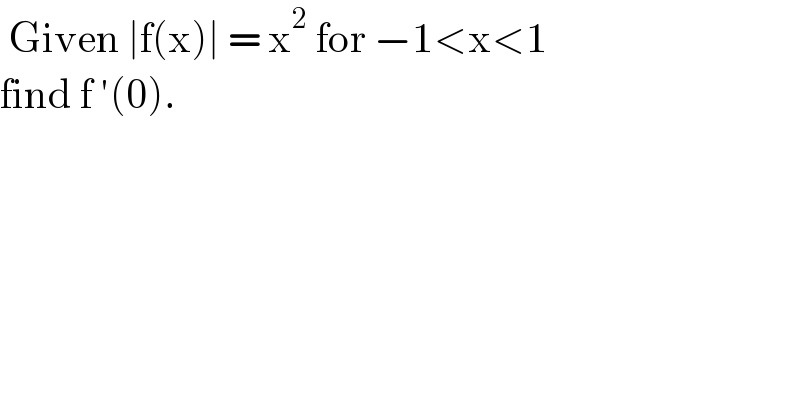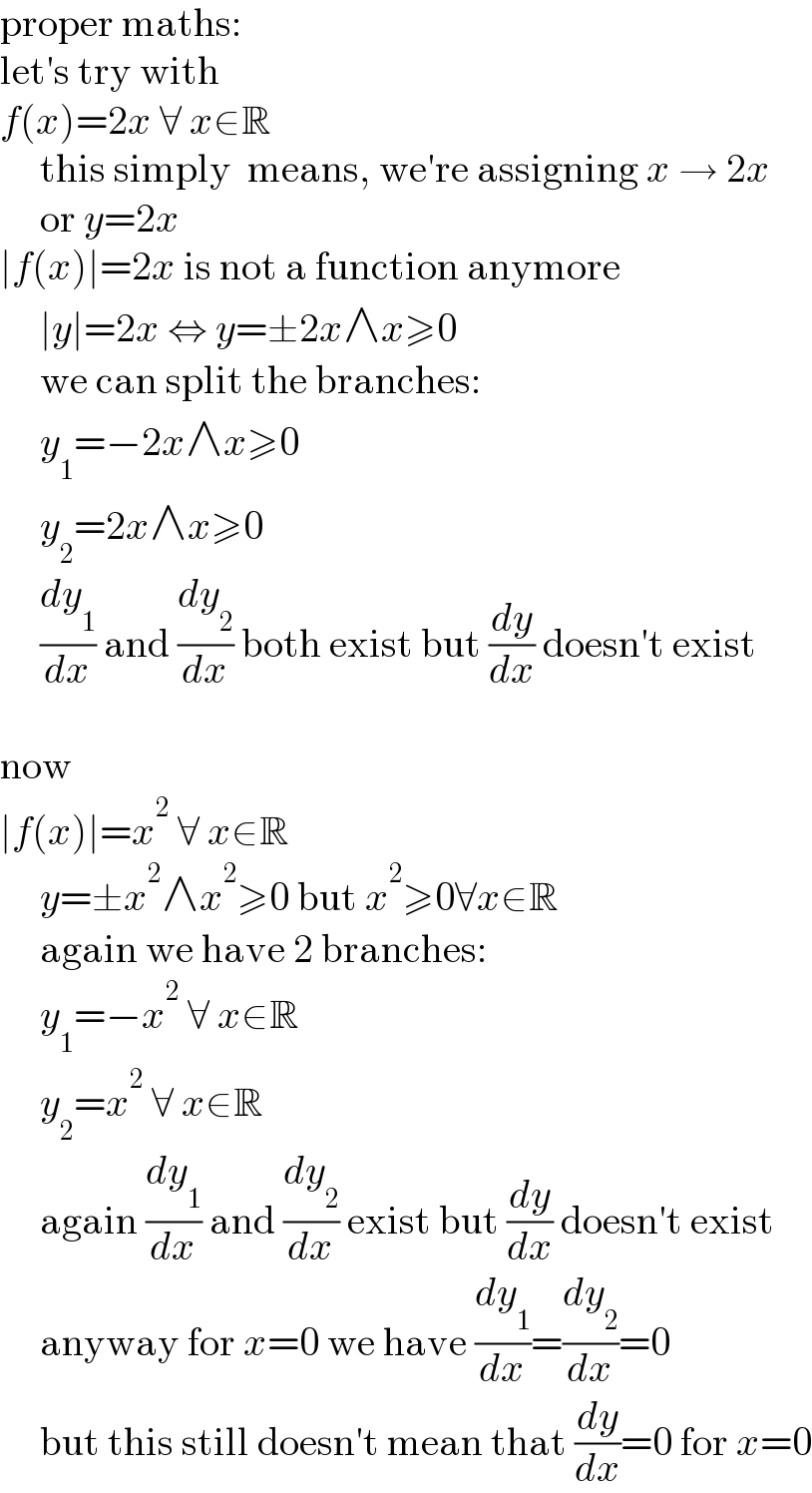
Question and Answers Forum
Question Number 134127 by bobhans last updated on 28/Feb/21

Commented byEDWIN88 last updated on 28/Feb/21

Commented byEDWIN88 last updated on 28/Feb/21

Commented byMJS_new last updated on 28/Feb/21

Answered by EDWIN88 last updated on 28/Feb/21

Commented bymr W last updated on 28/Feb/21

